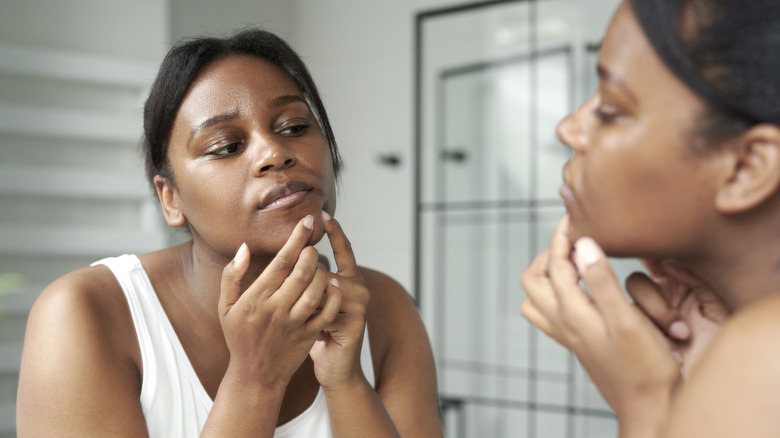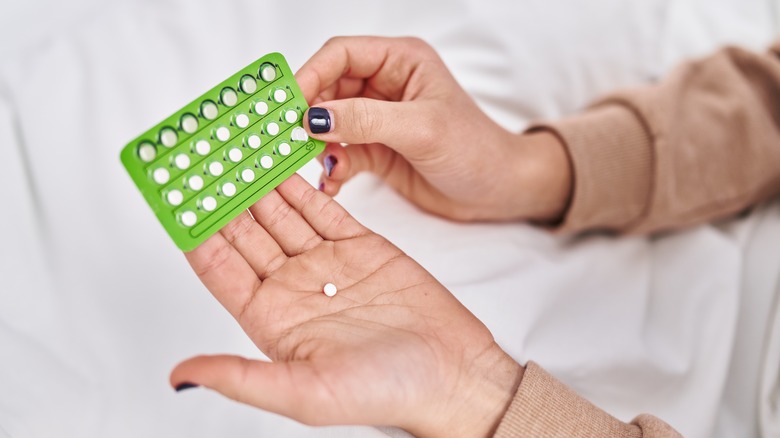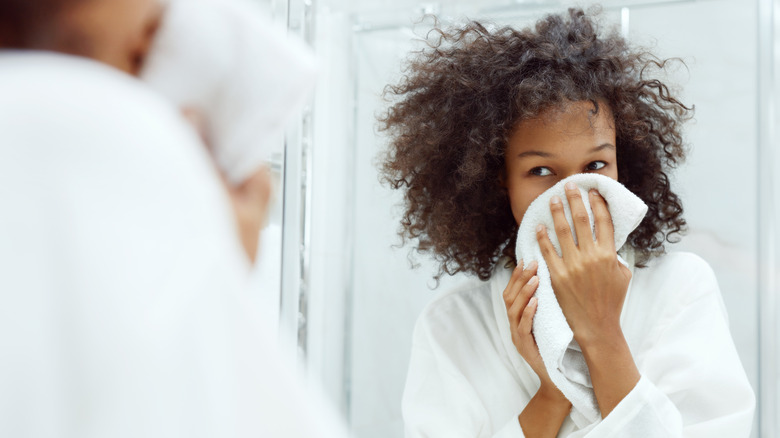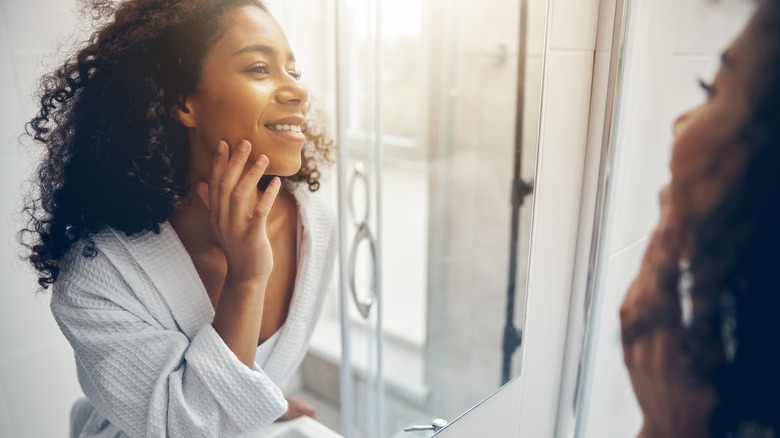How To Manage Breakouts After Stopping Birth Control
Hormonal birth control can be great, helping to ease period pain, reduce acne, and of course, prevent pregnancy. Nevertheless, most individuals don't stay on it forever. Whether you've decided to start a family, are interested in a more natural lifestyle, or simply need a break from the pill, stopping hormonal birth control can mean major changes for your skin.
Birth control types, including the pill, patch, ring, or injection, often rely on synthetic hormones. Both progesterone and estrogen are found in the combination pill, while options like the mini-pill are progesterone-only. These hormones help to stabilize your hormone production, namely androgen levels. Controlled androgen levels mean lower sebum production and, in turn, clearer skin. Think of it as hormonal birth control keeping the peace between your hormones. When you stop taking hormonal contraceptives, the harmony can be jeopardized as your levels fluctuate.
As soon as you stop taking the medication, the synthetic hormones begin leaving your system. For most people, their bodies will find hormonal balance within 1 to 3 months, while others can experience side effects for six months or longer. Once everything settles down, your skin should clear up. But immediately post-birth control can be a huge struggle, leaving you searching for ways to settle breakouts.
Don't wait until it's too late
While you're still on birth control, your skin is likely happy and healthy, so you might not see any reason to start treatment when you have a glowing complexion free from pimples. However, board-certified dermatologist Steven Q. Wang, MD, says a holistic approach to caring for your skin should begin roughly two to three months before stopping your contraceptives (via Health). It might be too late if you wait until your first spots start to appear after quitting birth control.
A holistic approach looks different for everyone, though the common thread is attacking acne from multiple angles. Don't we all just wish we could slather on some benzoyl peroxide and call it a day? Unfortunately, it's not that simple. Dr. Wang advises you to look at everything from stress to your diet, noting, "You have to figure out your way of life." Even things like sleep and how much water you drink can affect your skin health.
Stress affects hormones, and when you are struggling to return to equilibrium, more disruption is the last thing you need. Try to reduce stress through relaxing self-care practices, getting adequate sleep, and regular exercise. As for your diet, you may need to confront your triggers, such as high-fat foods or sugary treats. Adding anti-inflammatory and low-glycemic foods and probiotics may also help fight breakouts from within.
Getting your skin under control post-birth control
Once you're off contraceptives, you might want to invest more into your skincare regimen than simply trying the pickle juice hack to clear up your acne, or relying on turmeric to bust blemishes. Kick complacency to the curb and create a multi-step routine to benefit your skin. Generally, you'll want to start by washing your face using a non-drying cleanser with lukewarm water. A cleanser containing 2% salicylic acid will help if you have acne-prone or oily skin.
Dry skin, meanwhile, may benefit from micellar water, skipping a traditional cleanser entirely. Occasional exfoliation targets debris and dead skin cells, lifting them away. But remember, over-exfoliation can worsen the problem, so it's best to stick to only doing so once or twice a week. Washing your makeup off at the end of the day and cleaning your face after sweating it out at the gym will also help to remove the oil before it can settle into your pores.
Regardless of the type of cleanser you choose, always ensure that it's non-comedogenic, meaning the ingredients won't clog your pores. The same goes for your moisturizer. Not all acne-prone skin needs one but if you're using benzoyl peroxide or salicylic acid, you should definitely consider adding a lightweight, oil-free facial lotion to your routine.
Make time to treat yourself
Despite lifestyle changes and a spot-on skincare routine, post-birth control acne can still pop up. For breakouts and flares consisting of whiteheads, blackheads, and minor cysts, a variety of topical medications can provide some relief. Still, it's important to consider factors like your specific type of acne, its location, and any previous treatments you've tried before dabbing more products on your face. Working with a dermatologist will be hugely beneficial too.
One of the first suggested treatments will likely be topical retinoids with benzoyl peroxide, which helps fight acne-causing bacteria while also assisting with lowering oil production. The downside of these treatments is that benzoyl peroxide can cause dryness and flaking, and retinoids aren't recommended if you stopped taking contraceptives in order to get pregnant. Otherwise, you should apply retinoids in the evening and benzoyl peroxide in the morning.
Clindamycin gel, a prescription antibiotic that kills bacteria, is another powerful topical treatment for hormonal breakouts. While benzoyl peroxide can be found in many drugstore cleansers and creams, clindamycin gel is prescription only. Generally, a combination of these cleansing washes and topical creams is the most effective course of action when coming off birth control. But finding the right formula for your face is always best left to a dermatologist.



